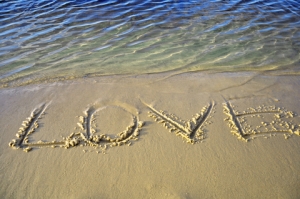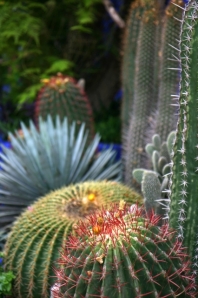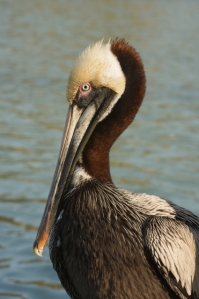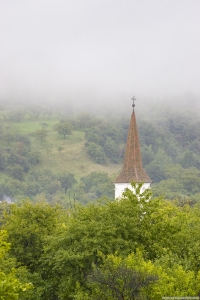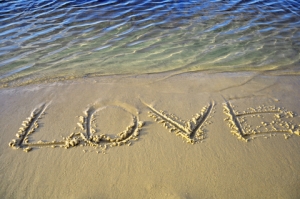Loving Kindness Meditation
 There is an ancient and transformative meditation that the Buddha encouraged that elicits a gentle spirit, towards ourselves and others.
There is an ancient and transformative meditation that the Buddha encouraged that elicits a gentle spirit, towards ourselves and others.
It is a practice that opens the heart toward forgiveness, even towards those who we may have deemed enemies. We may have people in our life who have caused us great pain or we may feel have stolen from us our essential self. This, of course, is an illusion (though it can hold a powerful and long lasting spell on us if we are not awakened to it). With loving kindness meditation, we can be restored to remember who we are, to listen our own good heart, our own best Self.
 We can discover the wisdom to open the doors and windows of the Spirit. It begins, always, with a loving kindness towards ourselves. It is after all, almost impossible to truly love others…until we know, love, and accept ourselves. From this touchstone, we can spread our ability to love towards those in our inner circle, and then out into the wider world.
We can discover the wisdom to open the doors and windows of the Spirit. It begins, always, with a loving kindness towards ourselves. It is after all, almost impossible to truly love others…until we know, love, and accept ourselves. From this touchstone, we can spread our ability to love towards those in our inner circle, and then out into the wider world.
Begin with the breath of mindfulness, it is the breath that calls us to this moment. It is life’s breath. It is the breath that breathes through you, that you do not have to control, that you do not ultimately control. Be in your body. It is a good body, and worthy of your care and respect.
 Each day, for as many days as you can be present, repeat these ancient words:
Each day, for as many days as you can be present, repeat these ancient words:
“May I be filled with loving kindness/May I be well in body and mind/May I be safe from inner and outer dangers/May I be happy/Truly happy and free”*
*(taken from Jack Kornfield’s Audio Meditation on Loving Kindness)
I do this, dear reader, and it is changing me. I watched a woman laughing on a 100 degree day in Charlotte, NC with her labrador retriever, getting cooled off in a beautiful fountain in the park. She was directing her dog to the places that he could catch a drink of water. She maneuvered him so deftly, so joyfully…it was only as I left that I realized that she was blind, and that this dog was her eyes. Or perhaps something more?
 With loving kindness, we are given eyes to see. She was seeing, though not without the aid of natural sight.
With loving kindness, we are given eyes to see. She was seeing, though not without the aid of natural sight.
And last night, I caught a glimpse of early summer evening light on two church steeples and the glint of their brass weathervanes…signs of old New England, and felt blessed, blessed to be exactly where I was. Steeped in love and kindness towards myself, the ones I have been given to love, and towards those who crossed my paths…all bathed in this light. Blessed be.






